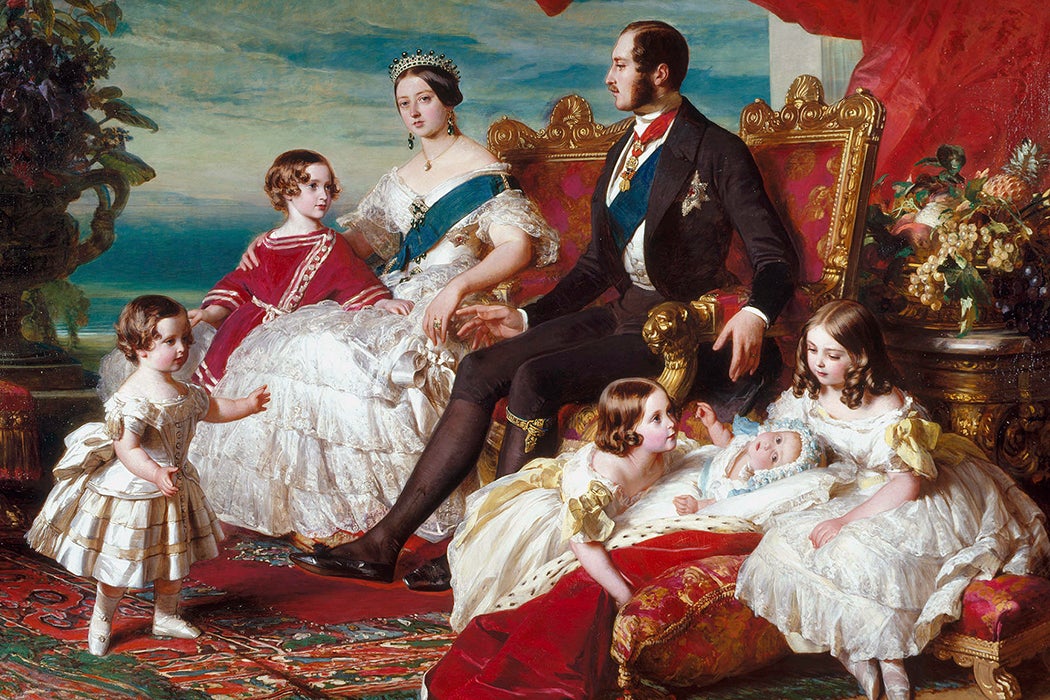In much of the world, consanguineous marriage between cousins is very common. For most Americans, however, marriage between cousins is at best a punchline, at worst a taboo. In many states, it is illegal for first cousins to get married. The objections are ostensibly based on the risk of genetic problems. But is there an actual risk?
In 2005, Owen Dyer reported in BMJ that “A Labour MP has called for a public debate on the genetic risks of marriages between first cousins in Britain’s Pakistani community, after reports of an unusually high rate of autosomal recessive disorders among children near her constituency. Ann Cryer, MP for Keighley in West Yorkshire, said on the BBC television programme Newsnight: ‘We have to stop this tradition of first cousin marriages.'”
The genetic risks in question are related to something called unmasking. It goes something like this: We each receive one copy of each gene from each of our parents. Thus, we inherit two versions of each gene (called alleles); one can be dominant and the other recessive. For a recessive gene to actually manifest in an individual, both copies of the gene must be the recessive allele. If an individual inherits only one recessive allele of the gene, the individual is considered a carrier who can pass on the potential for illness to their offspring. But when an individual inherits two copies of a dangerous recessive allele, the gene is said to be unmasked and he or she will inherit the condition.

Each carrier has a 50% chance of passing on the dangerous allele to their child, but when a gene is rare in a population, few individuals are carriers. Trouble is, cousins share one set of grandparents. While the odds of either grandparent being a carrier of a rare allele are low, if one grandparent is a carrier, then there is a 50% chance that each of their children (the cousins’ parents) are also carriers. So the risk of a child inheriting two copies of a dangerous allele is elevated compared to non-related marriages since they have a greater chance of inheriting the same recessive allele from their common ancestors.
As Dyer writes, British researchers formally crunched the numbers and determined that for any given individual, with much variation, a marriage between first cousins roughly doubles the rate of unmasking compared to nonrelative marriages (~6% instead of ~3%). Nevertheless, British authorities determined that despite the increased risk, most children of cousin marriage are healthy. And at least one doctor noted that “it was counter productive to single out a culture and that such an approach risked alienating the Pakistani community.” She added: “‘We know that the risk of Down’s syndrome increases with advancing maternal age, but we don’t see public education films [urge] mothers to have children younger.'”
Want more stories like this one?
A.H. Bittles and M.L. Black tackled consanguineous marriage on a global scale in a 2010 paper in Annual Review of Anthropology. For the reasons discussed above, beyond just dangerous recessive alleles, the odds of a child of first cousins inheriting two copies of the same allele—any allele, whether recessive or not—is elevated. Populations with fewer consanguineous marriages have higher heterozygosity, meaning individuals carry two different alleles for a given gene. Unmasking is less common in highly heterozygous populations, so according to Bittles and Black, as cousin marriage declines, there should be corresponding increases in human health at a population level.
The bottom line is that it is often safe to have children with your cousin, but doctors do recommend genetic counseling for prospective first cousin parents.







